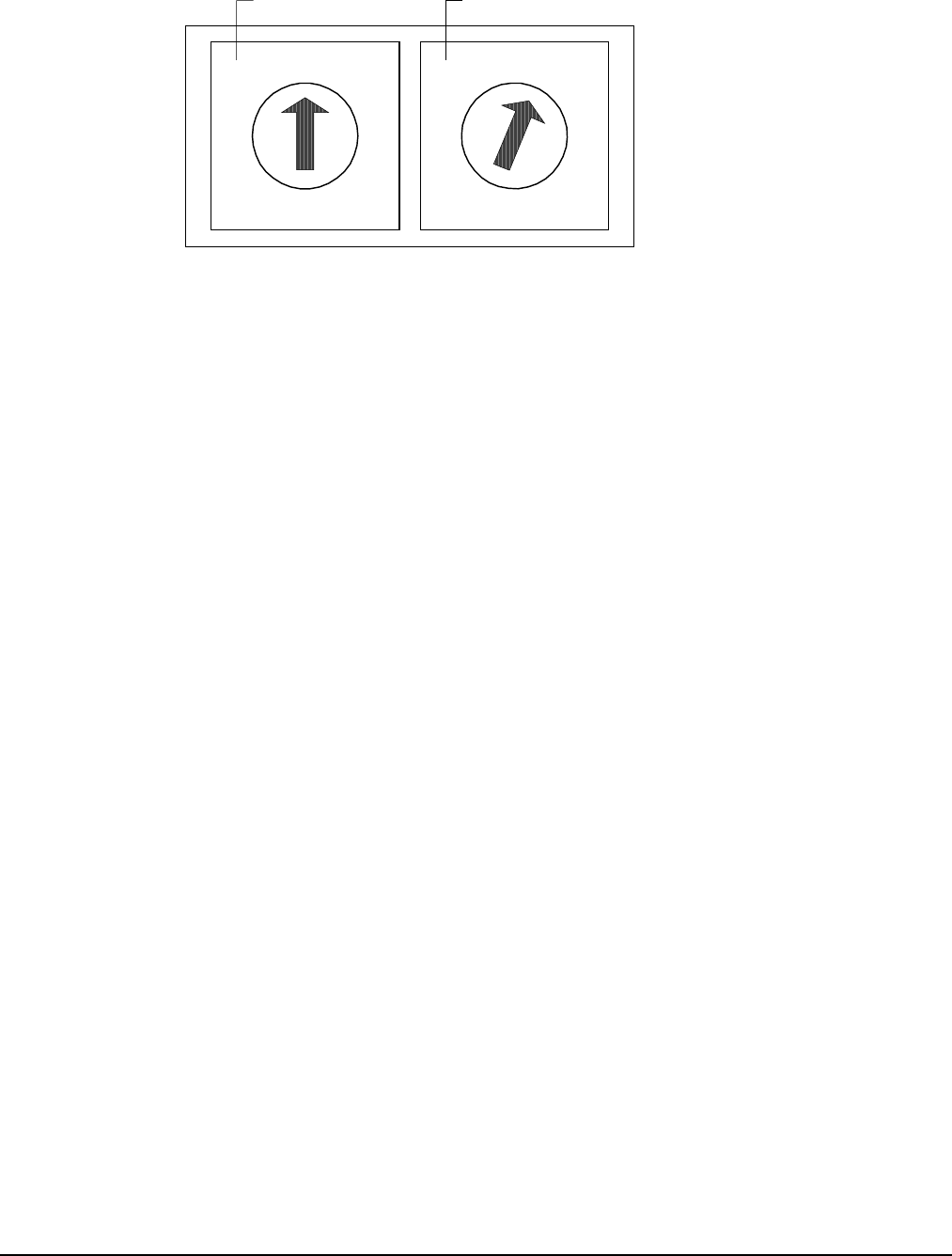Unit installation
Table Of Contents
- Introduction
- Installation
- Physical Data
- Electrical Data
- Dimensional Data
- Startup
- Operation
- Global UNT Controller Installation and Operation
- General Description
- Optional Sensors
- Sensors and Transducers
- Control Wiring
- External Voltage Inputs
- Interlock Wiring
- Unit Set Points and Calibration
- Optional Sensors
- Field Wiring
- Power Wiring
- Power Supplies
- Analog input signals
- Digital input signals
- Remote Stop/Start
- Chilled Water Flow Switch
- Digital Outputs
- External Alarm Annunciator Circuitry
- PC Connection
- Software Identification
- Controller Inputs /Outputs
- Additional Global UNT Features
- Alarms
- Zone Terminal (Optional)
- Zone Terminal Glossary
- UNT Troubleshooting Chart
- MicroTech Controller Installation and Operation
- Sensors and transducers
- Control wiring
- Remote 4-20 milliamp signals
- Interlock wiring
- Unit set points and calibration
- Modem kit
- Lead-Lag
- Field Wiring
- Power Wiring
- Power Supplies
- Analog Input Signals
- Digital Input Signals
- Remote Stop/Start
- Chilled Water Flow Switch
- Digital Outputs
- Chilled Water Pump Relay
- External Alarm Annunciator Circuitry
- PC Connection
- Telephone line
- Software Identification
- Controller Inputs /Outputs
- Reset Options
- Soft Loading
- Manual Operation
- Compressor Staging
- Head Pressure Control
- Pumpdown Control
- Safety Systems
- Circuit Alarm Conditions
- System Alarm Conditions
- Sequence of Operation
- Start-Up and Shutdown
- Keypad / Display
- Menu Descriptions
- Trouble Analysis for the MicroTech
- Test Procedures
- Unit Maintenance
- Service

80 AGZ 035A through 065A IOMM AGZ-3
Figure 30, Hex Switches
1
2
3
0
4
5
6
7
8
9
A
B
C
D
E
F
1
2
3
0
4
5
6
7
8
9
A
B
C
D
E
F
HI (left) hex switch LO (right) hex switch
* Hex switch setting 01 shown
Communication Ports
The MCB has two communication ports: port A and port B. Each port has six terminals and is set up
for both the RS-232C and RS-485 data transmission interface standards. The male and female
connectors for these ports are manufactured by AMP. Therefore, they are referred to as “AMP plugs”
or “AMP connectors” throughout this manual. Socket fuses located next to the ports protect the
communications drivers from voltage in excess of ±12Vdc. Following are brief descriptions of each
port’s function.
Port A: Port A is for communications with an IBM compatible PC using the RS-232C interface
standard. The PC can be directly connected, over a limited distance, with a twisted, shielded pair
cable, or it can be remotely connected via phone lines with a modem. Port A can also be used to
connect a licensed building automation system to the MicroTech network via Open Protocol. The
default communications rate is 9600 baud.
Port B: Port B is for MicroTech network communications using the RS-485 interface standard. A
twisted, shielded pair cable should be connected to port B via terminals B+, B–, and GND on
terminal block T11. The communications rate is 9600 baud.
Output Board
The Output Board (OB) accepts up to 16 digital outputs from the MCB. Each output has fused
sockets and can be used to switch AC or DC power by selecting a particular relay output module.
Screw terminals allow for field wiring connections to the output device. Each output has an onboard
LED that illuminates when an output socket that contains a relay is activated by the MCB. Following
are the Output Board’s power ratings:
•
120V ~ 50/60 Hz
•
250V ~ 50/60 Hz
Power
Above each edge card connector are field wiring terminals for 5Vdc (regulated) and 24Vac (ground
referenced). These terminals can be used to power peripheral devices. The 5Vdc is also used to power
the LEDs in the Output Board.










